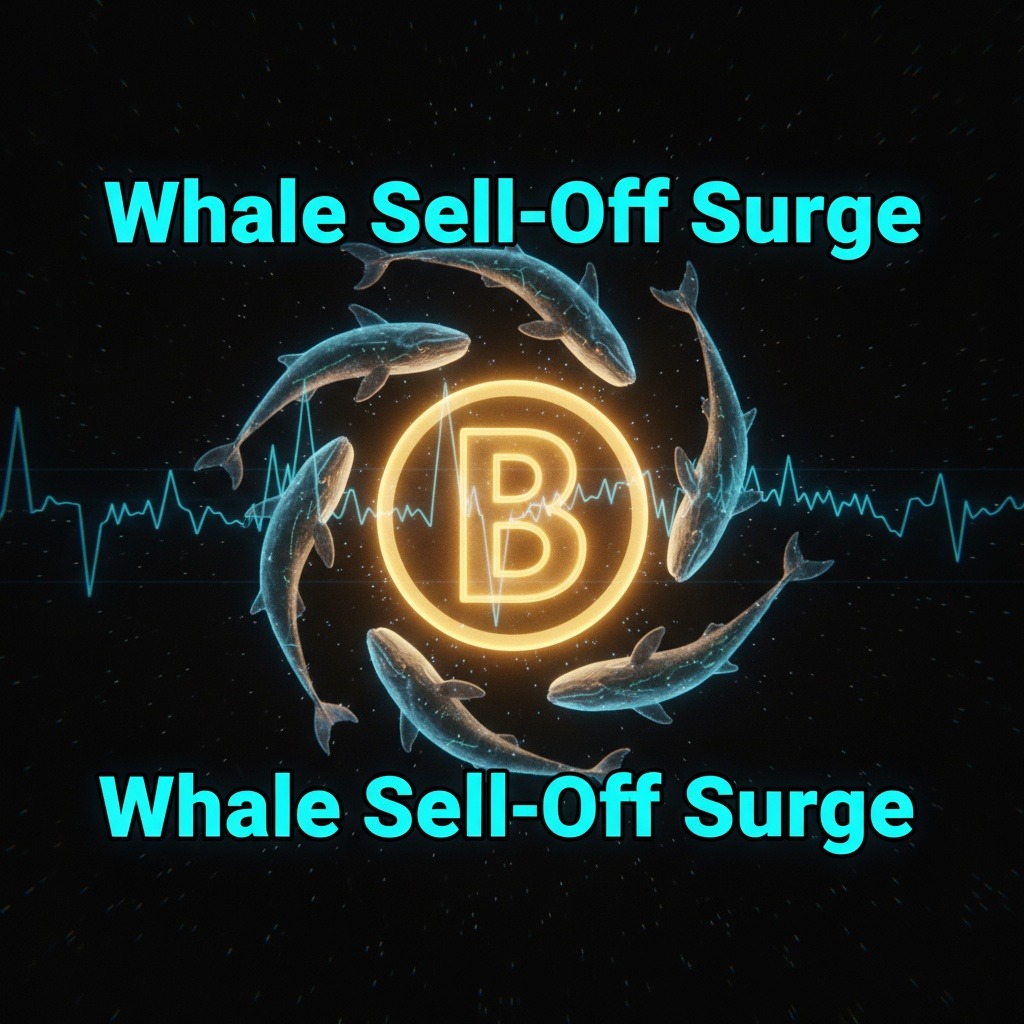Dogecoin (DOGE) experienced a notable decline on Tuesday, slipping 2.3% to trade near $0.1827 as it broke key support levels. This move reflects increased selling pressure from significant holders and a bearish turn in its technical landscape.
The cryptocurrency fell decisively below the $0.1830 support threshold, marking the third straight session characterized by lower highs. Over the past 24 hours, DOGE’s price retracted from approximately $0.1870 down to $0.1827, carving out a $0.0070 trading range. Attempts to rally above $0.1860 were unsuccessful, reinforcing resistance just below that level.
Trading volume analysis revealed a surge in distribution, especially among mid-tier whale wallets holding between 10 million and 100 million tokens. On-chain data highlighted the offloading of around 440 million DOGE within a 72-hour window by these holders. Additionally, the Hodler Net Position Change metric indicated a net outflow of 22 million DOGE, representing a significant reversal from the previous month’s accumulation trend.
From a technical standpoint, Dogecoin’s chart indicates a bearish environment. The recent formation of a death cross—where the 50-day exponential moving average (EMA) crossed below the 200-day EMA—occurred in late October, signaling downward momentum. Furthermore, the 100-day EMA is approaching a similar crossover, which could further solidify negative sentiment.
Support is anticipated between $0.177 and $0.179, an area where roughly 3.78 billion DOGE tokens are concentrated based on cost-basis analytics. This price range serves as a crucial battleground for buyers aiming to stabilize the coin’s price. Volume spikes seen during the selloff, including a turnover of 274.3 million tokens and a shorter burst of 15.5 million tokens, suggest ongoing institutional participation potentially nearing the end phases of distribution.
For traders, the near-term focus remains on the $0.1830 to $0.1850 range, which acts as the primary pivot zone. Should DOGE fail to hold the $0.177 support level, prices may test lower liquidity concentrations around $0.14. Analysts emphasize that any sustained upward movement reclaiming $0.1860 on increased volume could challenge the current bearish outlook. Until such a recovery is observed, short-term price rallies may be met with selling rather than a sustained trend reversal.
Monitoring whale activity is essential in gauging market dynamics. A decline in large transaction volumes might indicate the conclusion of the distribution phase and the potential beginning of renewed accumulation near critical support levels.



